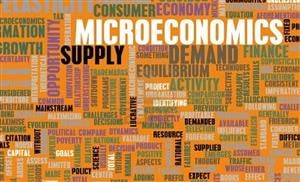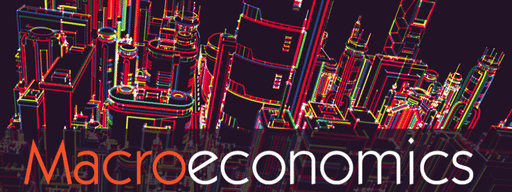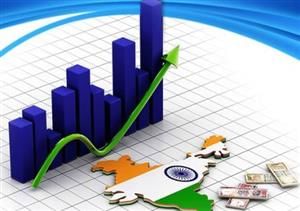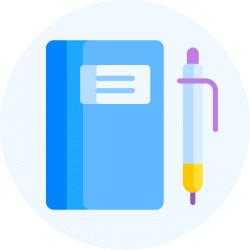Best Study Material for Economics Exam
Economics Exam > Economics Notes > DU BA ECONOMICS HONS. INTRODUCTORY MACROECONOMICS SEM2 2012 PAPER
DU BA ECONOMICS HONS. INTRODUCTORY MACROECONOMICS SEM2 2012 PAPER PDF Download
| Download, print and study this document offline |
FAQs on DU BA ECONOMICS HONS. INTRODUCTORY MACROECONOMICS SEM2 2012 PAPER
| 1. What are the key components of GDP and how are they calculated? |  |
| 2. How does inflation impact the economy and individuals? |  |
Ans. Inflation refers to the general increase in prices of goods and services over time. It can impact the economy and individuals in several ways. Inflation erodes the purchasing power of money, as individuals need more money to buy the same amount of goods and services. This can lead to a decrease in real wages and a decrease in the standard of living. Inflation also affects interest rates, as lenders demand higher interest rates to compensate for the decrease in the value of money over time. Additionally, inflation can create uncertainty and distort resource allocation, making it difficult for businesses and individuals to plan for the future.
| 3. What are the main tools used by central banks to control the money supply and interest rates? |  |
Ans. Central banks use several tools to control the money supply and interest rates. One of the main tools is open market operations, where the central bank buys or sells government securities in the open market. By buying government securities, the central bank injects money into the economy, increasing the money supply. Conversely, selling government securities reduces the money supply. Another tool is the reserve requirement, which is the percentage of deposits that banks are required to hold as reserves. By increasing or decreasing the reserve requirement, the central bank can influence the amount of money banks can lend. Lastly, central banks can also adjust the discount rate, which is the interest rate at which banks can borrow from the central bank. By increasing or decreasing the discount rate, the central bank can influence interest rates in the economy.
| 4. What is the difference between fiscal policy and monetary policy? |  |
Ans. Fiscal policy and monetary policy are both tools used by governments and central banks to influence the economy, but they differ in their approaches. Fiscal policy refers to the use of government spending and taxation to influence the economy. Governments can increase spending or decrease taxes to stimulate economic growth and decrease spending or increase taxes to slow down the economy. Monetary policy, on the other hand, refers to the actions taken by central banks to control the money supply and interest rates. Central banks can use tools like open market operations, reserve requirements, and discount rates to stimulate or slow down the economy. While fiscal policy focuses on government actions, monetary policy focuses on central bank actions.
| 5. What are the causes and consequences of unemployment? |  |
Ans. Unemployment refers to the situation where individuals are actively seeking employment but are unable to find a job. There are several causes of unemployment, including cyclical, structural, and frictional factors. Cyclical unemployment occurs due to fluctuations in the business cycle, with unemployment increasing during recessions and decreasing during expansions. Structural unemployment is caused by a mismatch between the skills of workers and the requirements of available jobs. Frictional unemployment occurs due to the time it takes for individuals to search for and find suitable job opportunities. The consequences of unemployment can be significant, including reduced income and standard of living for individuals, increased government spending on social welfare programs, and a decrease in overall economic output. Unemployment also leads to social and psychological issues for individuals and can have long-term effects on their future employment prospects.
Related Searches































